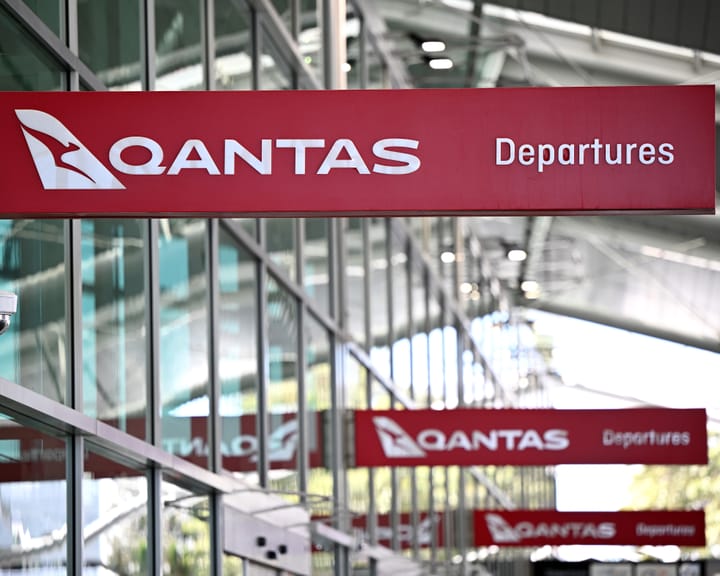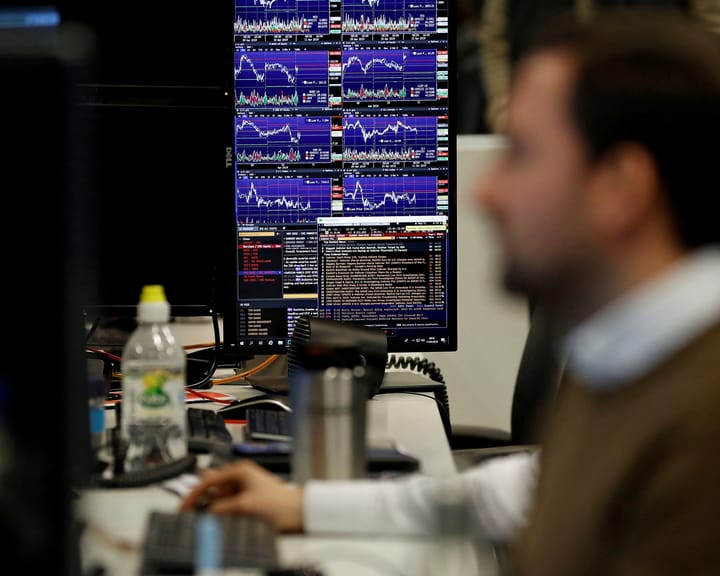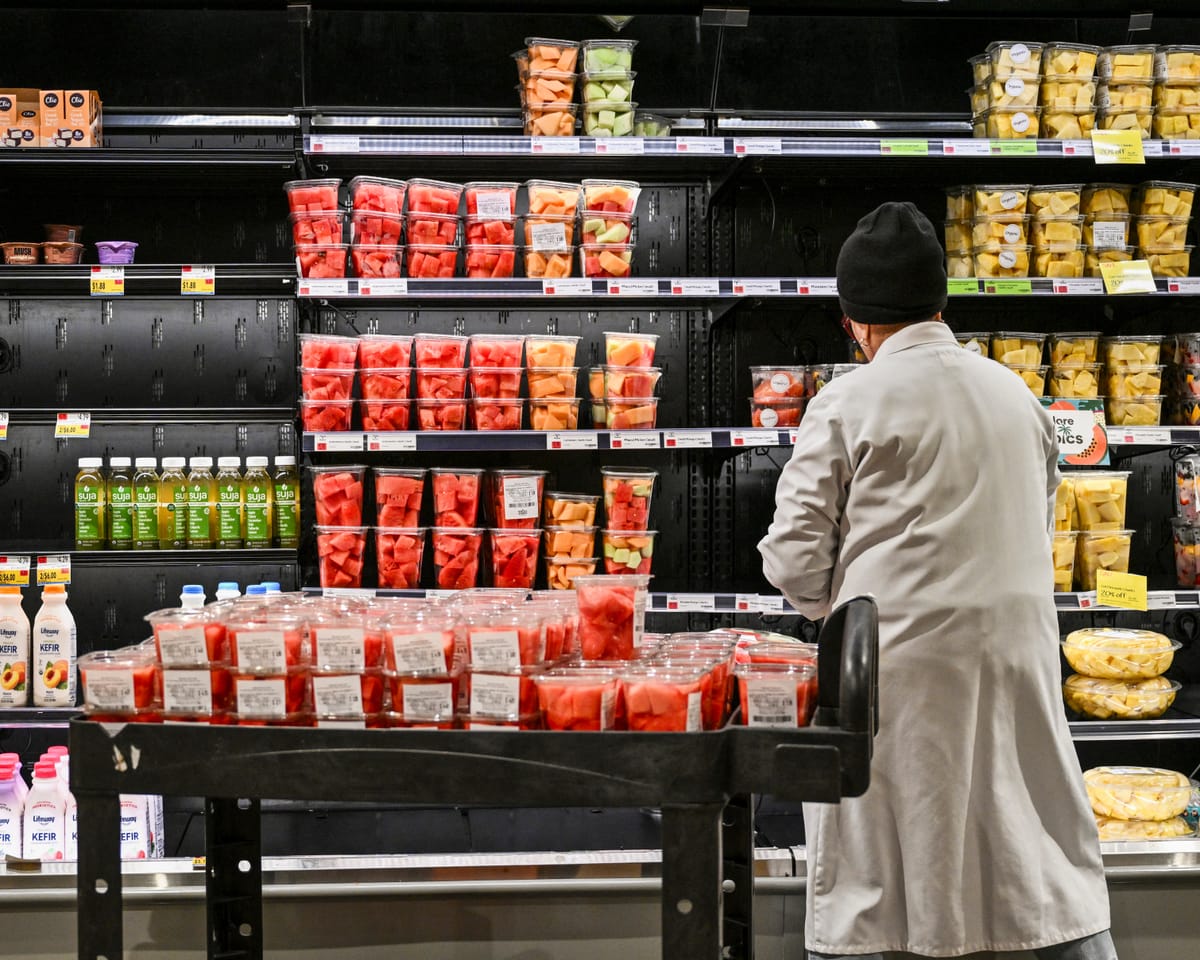A key report on U.S. employment released Friday pointed to a weakening labor market.
The economy added only 22,000 jobs in August, falling short of expectations, while the unemployment rate rose slightly to 4.3%, according to the Bureau of Labor Statistics. Earlier this year, monthly job growth had exceeded 100,000.
With ongoing trade disputes leading to tariffs on most foreign goods, prices have begun to climb. Economic uncertainty appears to be affecting businesses, and the combination of slower hiring and rising inflation has raised concerns about the state of the economy.
Here are the key takeaways from the latest report:
### First Job Losses Since 2020
The latest report included revisions to June and July’s initial estimates. Hiring in June was originally reported at 139,000 jobs added but was adjusted to show a loss of 13,000—the first decline since December 2020, during the pandemic’s peak unemployment. July’s figures were revised upward by 6,000, from 73,000 to 79,000.
Revisions are a standard part of the Bureau of Labor Statistics’ process. However, the adjustments sparked tension with the White House last month after major corrections. Initial job numbers for May and June had been overestimated by 258,000 due to updated data from employers and government agencies. With the latest revisions for May, June, and July, total adjustments now show 279,000 fewer jobs than initially reported across those months.
After last month’s revisions, the former commissioner of the bureau, Erika McEntarfer, was dismissed, with critics claiming the data was manipulated to harm certain political interests. Economists, however, emphasize that the bureau consists of career professionals with years of experience.
### Declines in Federal and Manufacturing Jobs
Federal employment fell by another 15,000 in August, bringing total cuts to 97,000 since January. Manufacturing also saw losses, dropping by 12,000 jobs in August and 78,000 over the past year.
Growth was seen in healthcare and social services, which added 31,000 and 16,000 jobs, respectively.
### Rising Unemployment Among Black Americans
The jobless rate for Black Americans increased by 0.3% to 7.5%—more than double the rate for White and Asian Americans, which remained just above 3.5%. Hispanic Americans also saw an increase, reaching 5.3%.
While the overall unemployment rate edged up only 0.1%, the sharper rise for Black workers underscores ongoing inequalities in employment.
Read next

Ryanair plane had only six minutes of fuel upon Manchester landing, records show
Flight Narrowly Avoids Disaster After Storm Diversion
An inquiry has been launched after a Ryanair flight, struggling against severe winds during storm Amy last week, landed at Manchester Airport with only six minutes’ worth of fuel remaining.
The aircraft had been transporting passengers from Pisa, Italy, to Prestwick, Scotland, on

"Qantas customer data for 5 million exposed as hackers release info post-ransom deadline"
Hackers Leak Personal Data of 5 Million Qantas Customers on Dark Web
A cybercriminal group has released personal records of 5 million Qantas customers on the dark web after the airline did not meet their ransom demand.
The breach is part of a larger global incident affecting over 40 companies,

Investors flee record-high UK stocks as EU set to hike steel tariffs
Investors Withdraw Record Sums from Equity Funds Amid High Market Valuations
Data reveals that investors in the UK have withdrawn an unprecedented amount of money from equity funds over the past three months, driven by concerns over soaring stock market valuations.
According to the latest figures from Calastone, the largest

